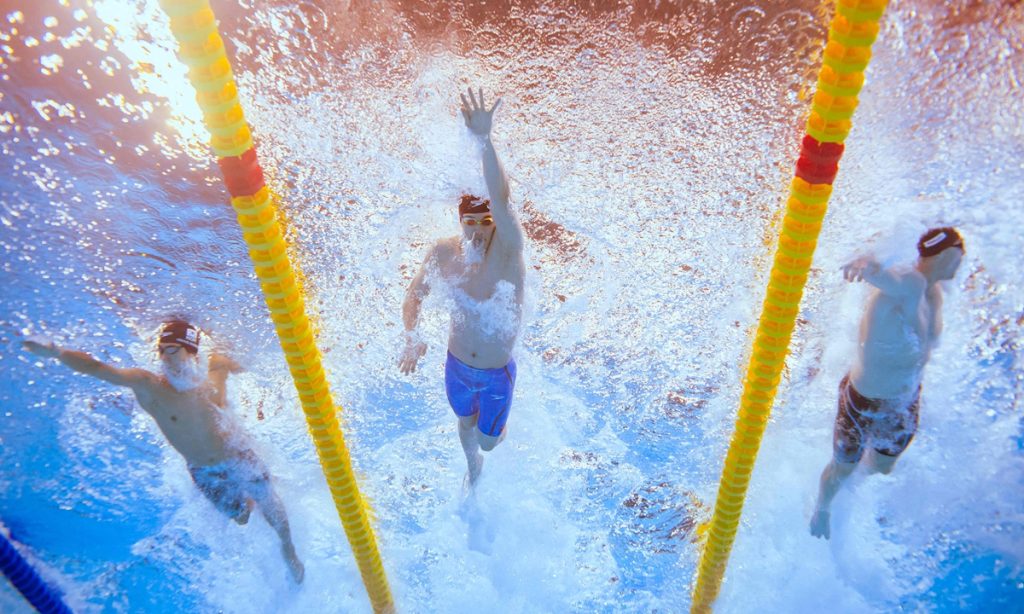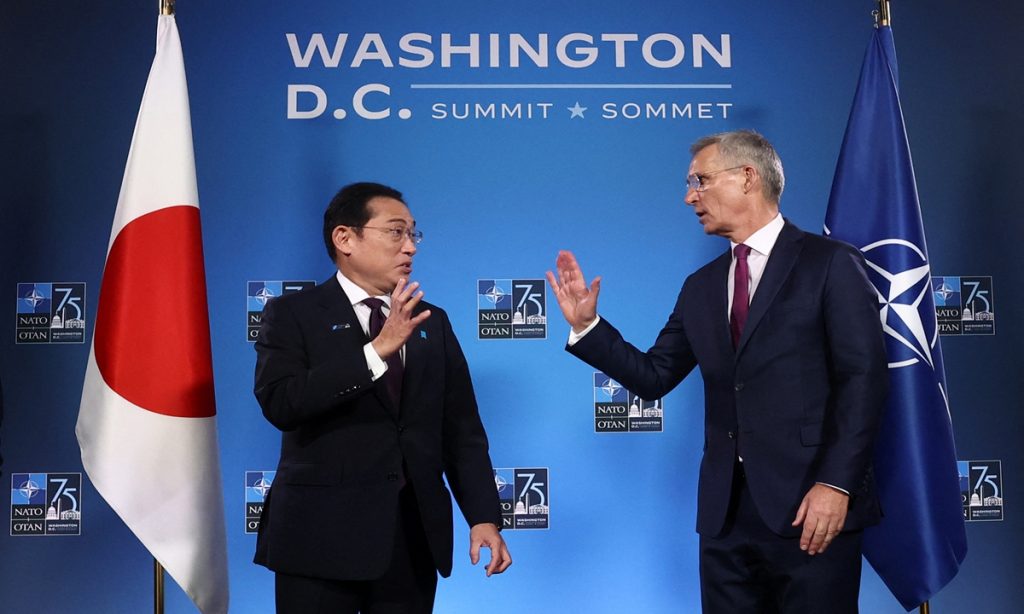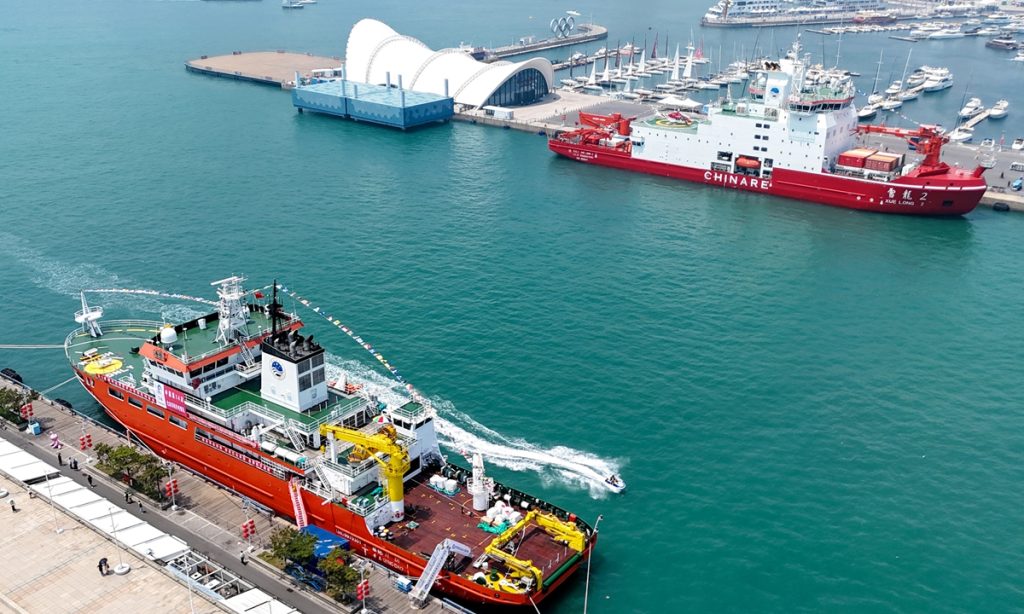China’s anti-doping agency urges US counterpart, Western media to cease baseless accusations about Chinese athletes

The China Anti-Doping Agency (CHINADA) issued a statement on Friday, saying that a recent interim review report released by the World Anti-Doping Agency (WADA) regarding 23 Chinese swimmers and their non-fault use of trimetazidine not only proves that CHINADA’s investigation and handling of the case were reasonable, but also discredits baseless accusations of a “cover-up” from the US Anti-Doping Agency (USADA), and some Western media reports.
On July 9, WADA released a review report by an independent Swiss prosecutor on the case of the Chinese swimmers.
The report said that there was no evidence suggesting any favoritism or special treatment by WADA in reviewing the CHINADA decision to close the cases of the 23 athletes without further action. It found no evidence of interference or intervention in WADA's review from any internal or external entities, including CHINADA, said the statement from CHINADA.
The investigation revealed no violations by WADA during its review of CHINADA’s decision. All internal and external factors indicated that WADA’s decision not to challenge CHINADA's determination of contamination was reasonable from a factual and regulatory standpoint.
The report discredits baseless accusations of a “cover-up” fabricated by the US Anti-Doping Agency (USADA), the New York Times, German TV channel ARD, and other media outlets. It also confirms that the existing global anti-doping system is open, transparent, and trustworthy for athletes worldwide, according to the statement.
Several US media outlets reported on July 4 that the US FBI and Justice Department have opened a criminal investigation into the case involving the 23 Chinese swimmers, who won three gold medals for China at the Tokyo Olympics in 2021. Among the 23, 11 are set to compete in the upcoming Paris Games.
In a statement released in April, USADA CEO Travis Tygart said it's "disappointing to see WADA stoop to threats and scare tactics when confronted with a blatant violation of the rules governing anti-doping."
CHINADA’s Friday statement said that given the indisputable and unquestionable compliance, objectivity, and fairness of the investigation and handling of this case, CHINADA sternly demands that USADA and media outlets such as the New York Times and ARD respect the facts, cease confusing the public, stop politicizing anti-doping issues, and refrain from undermining athletes’ confidence and trust in the global anti-doping system.
CHINADA also said that it will continue to adhere to the principles of independence, fairness, professionalism, and openness, firmly safeguarding the legitimate rights of athletes and the integrity of sports.
CHINADA also said it hoped to work together with all stakeholders to maintain the stability, unity, and progress of the global anti-doping system.

